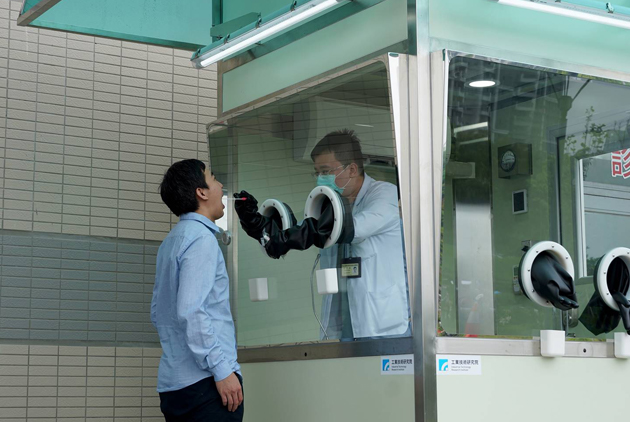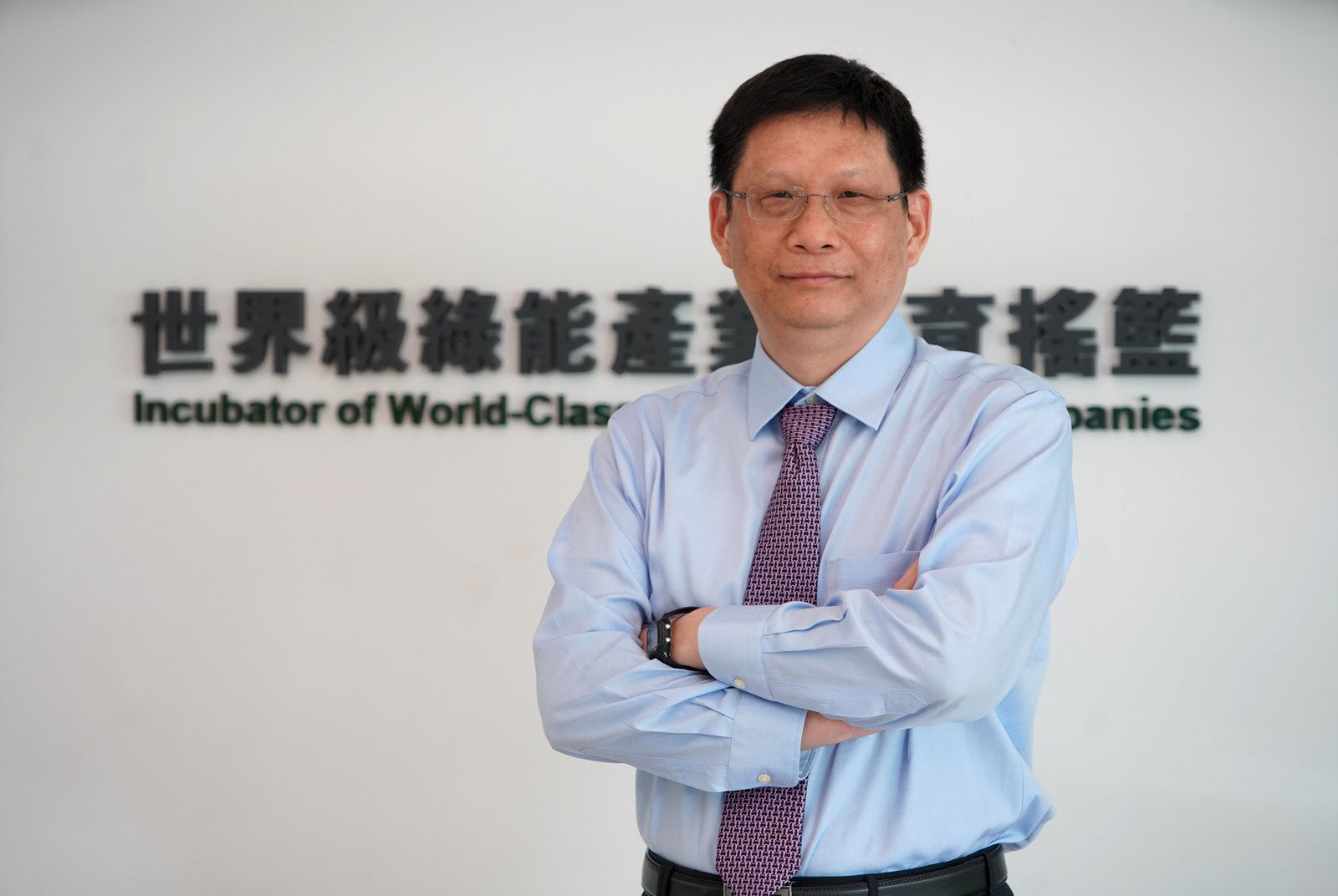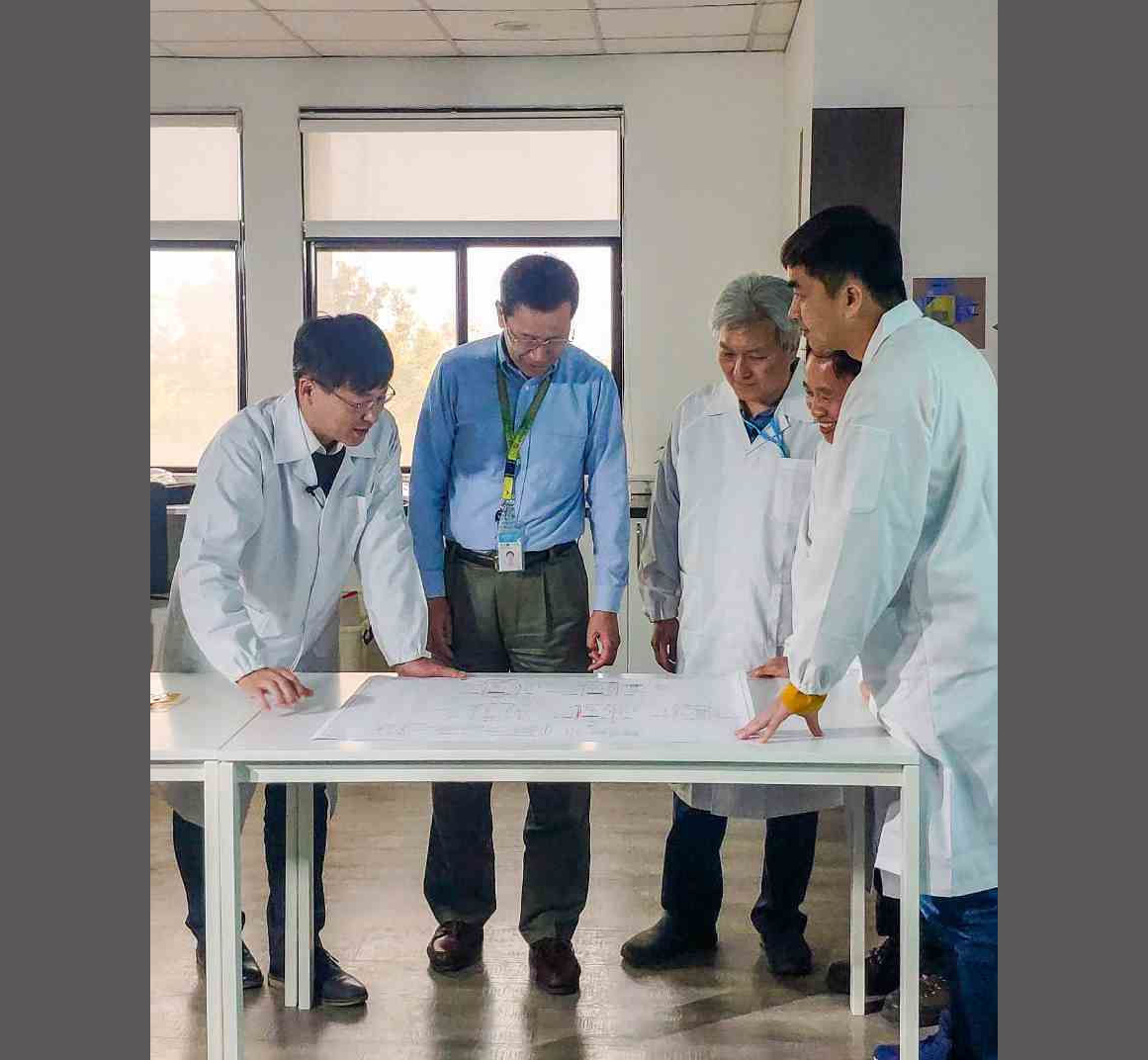TSMC suppliers helps ITRI produce quarantine pavilions

Source:ITRI
One year ago, the Industrial Technology Research Institute (ITRI) developed a hyperbaric quarantine pavilion. Now, as Taiwan experiences a major COVID-19 outbreak, the team sought out collaboration with Taiwan’s “hidden champions”, producing 30 units in two weeks. How has Taiwan used its sophisticated dust-free clean room technology in the battle against the virus?
Views
TSMC suppliers helps ITRI produce quarantine pavilions
By Joyce LinFrom CommonWealth Magazine (vol. 724 )
Late in the evening of May 20 at the entrance of the National Taiwan University Cancer Center (NTUCC), a group of workers is unusually busy. Even as the clock ticks close to midnight, they work swiftly to erect two white pavilions.
The two pavilions were developed by Taiwan’s Industrial Technology Research Institute (ITRI) in conjunction with Taiclean Inc., a clean room equipment manufacturer, to create a made-in-Taiwan bariatric quarantine pavilion in line with hospital operating room specifications.
“It was straight out of production and immediately delivered for assembly,” related Taiclean president Huang Hsi-yang in a phone interview on the evening of May 25, adding that he had worked for over 10 days straight without a break.
“Working in an air-conditioned and strictly protected environment helps doctors put in their best efforts,” said Wang Ming-chu, deputy director of NTUCC, in a Facebook post. For those at the front line, equipment like this is just what the doctor ordered.
Since the widespread local outbreak of the coronavirus, as of June 1, over 30 brand new hyperbaric quarantine pavilions had been produced within two weeks and delivered to every corner of Taiwan, from NTUCC to Sanchong United Hospital, Taichung Veterans Memorial Hospital, and as far as Penghu. Supporting rapid screening personnel on the front lines, they quickly established volume capacity, minimizing infections caused by lack of equipment.
In order to safeguard the health of screening staff, the quarantine pavilions feature patented hyperbaric design, which allows air to flow from the inside to the outside, and keeps contaminated air out. The air is completely replaced at least 20 times per hour, lowering the CO2 concentration inside.
Featuring a two-sided design, each side can be used. When not disinfecting the air, staff can go right in and use another pair of gloves while taking samples, greatly boosting efficiency.
Each facility can screen more than 300 people per day.
In actual use at the NTUCC, one physician paired with two nurses can conduct screenings of 40 or even 50 people per hour, totaling at least 300 people each day.
The two instrumental figures behind the quarantine pavilion were Cheng Ming-shan and Kang Yu-hao, deputy director and deputy section chief, respectively, of the Industrial Technology Research Institute’s Green Energy and Environment Research Laboratories.
 (Source: ITRI)
(Source: ITRI)
“This is like a miniature clean room,” says Cheng. Answering the Ministry of Economic Affairs’ call, ITRI initiated research early last year at the outset of the pandemic. Development of the first two sample buildings was completed in less than a month. The critical reason was that “Taiwan’s clean room-related supply chain is very comprehensive; from filters, to fans, guards, and infrared bulbs, Taiwan is equipped with it all,” he remarks.
Another critical factor is that members of the development team led by Kang Yu-hao have experience assisting the Tri-Service General Hospital Songshan Branch redesign units into negative pressure isolation wards back during the SARS outbreak in 2003, preparing them for the situations that could occur with an infectious disease outbreak.
The two earliest sample pavilions were installed at Wanhua District’s Chunghsing Hospital and Bopiliao on May 16, within 24 hours, in time to play a critical role in pandemic containment.
“The initial design concept was conceived for rapid mobility and setup, so that in the event of a wide-scale breakout it could be set up rapidly in neighborhoods, industrial zones, or large factories,” relates Kang.
The ITRI team has been racing against time. In the effort to achieve mass production, it not only sought the help of Taiclean to move the entire production capacity, but it also immediately recruited an upstream equipment supplier for Taiwan Semiconductor Corporation (TSMC).
‘Hidden champions’ equipment at the ready
“We got an urgent call from ITRI on Wednesday, and we finished the first one on Friday,” related Cheng Ming-hui, president of Air Clean Deviser Taiwan (ACDT), speaking with us by telephone from the factory, where he was still keeping an eye on production.
The reason it went so quickly is largely because the fan filter unit, air filter, and air shower equipment is not only used at major hospitals like NTU and Veterans Memorial, but big names in the semiconductor industry like TSMC and United Microelectronics (UMC), as well as the laboratories of Apple and Qualcomm, are also clients. The steel sheets, glass, and fans used in the pavilions are practically ready to roll right off the production line, amply demonstrating the capacity of Taiwan’s “hidden champions”.
 (Source: ITRI)
(Source: ITRI)
Still, if these potent pandemic-fighting weapons were fully developed a year ago, why did the government not prepare a batch of them in advance, to be put into action immediately upon community spread to increase screening capacity?
Industry insiders relate that plans were put in place for mass production of the quarantine pavilions last year, with provisions for broad installation at airports and harbors. However, as the pandemic remained under control in Taiwan, ultimately nothing was done.
“The country deployed ahead of time, but only up to half scale,” said one exasperated industry insider.
Have you read?
♦ Updated daily |Taiwan’s Covid-19 Outbreak
♦ Taiwan’s hospitals fighting the COVID-19 blues
♦ NTU expert: Taiwan doesn’t need lockdowns
Translated by David Toman
Edited by TC Lin
Uploaded by Penny Chiang






